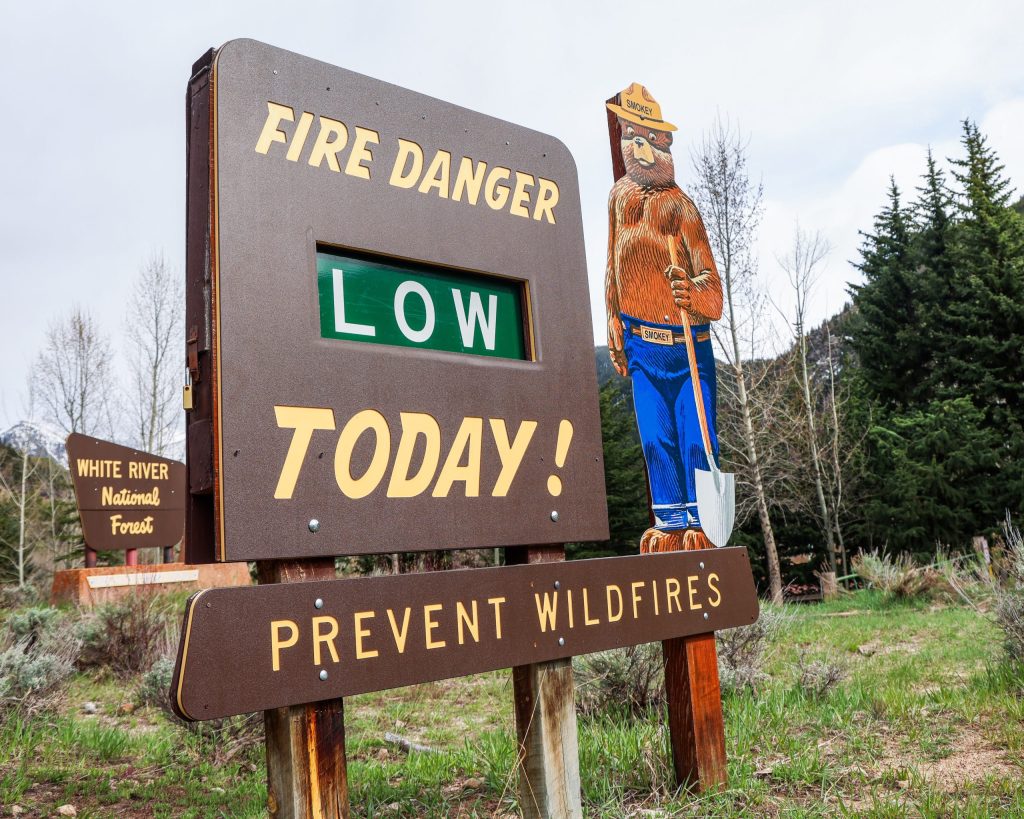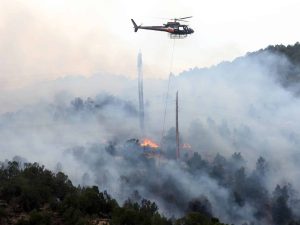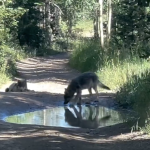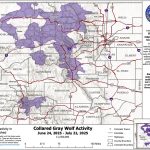Aspen forests can slow wildfire spread and serve as fire breaks, according to Colorado researchers
Fire managers should consider that aspens could be used as “green fuel breaks” to slow or stop the spread of fire, according to the paper’s author

Austin Colbert/The Aspen Times
Aspen forests help slow the spread of wildfires and could serve as fire breaks in Colorado and other southwestern states, according to a peer-reviewed study by Western Colorado University researchers.
Matt Harris, the author of the paper published this month in the journal Ecological Applications, said the “anecdotal and observational knowledge” has long supported the claim that aspen trees are more resilient to fire than other trees.
What the new study does is provide “quantifiable evidence” to support that claim, Harris said. The study found that daily average fire growth on landscapes where aspen cover exceeded 25% was one-third less compared to landscapes where aspen cover was less than 10%.
“Intuitively, it’s been known for a long time that aspens interact differently with fire than coniferous forests,” Harris said. “But what we did is come at it at the landscape scale, using geographic information systems coming from satellites to really try to pinpoint, can we measure this?”
The study looked at 314 fires that occurred between 2001 and 2020 in Colorado, Arizona, New Mexico and Utah, using satellite imagery and geospatial modeling, including variables like vegetation, topography and fire weather predictors.
By incorporating data from hundreds of wildfires, rather than just observing how fire interacted with aspen forests in an individual wildfire, Harris said the study accounted for variation across wildfires in the Southwest to draw general conclusions about fire interactions with aspens.

“What I thought was really cool about doing it this way is we kind of level the playing field,” Harris said. “We say, ‘Well a lot of these fires did experience extreme fire weather. Some of these happened in wet places. Some of these happened in dry places. We want to just talk about aspen generally across the landscape.’ And we were still able to pull out the trend that they slowed fire, generally.”
Where aspen cover was less than 10%, daily fire growth averaged 1,112 hectares per day and the maximum linear fire spread was 2.1 kilometers per day, the study found. But where aspen cover was greater than 25%, the study found daily fire growth averaged 368 hectares per day and maximum linear fire spread was 1.3 kilometers per day. (A hectare is equal to 10,000 square meters, or roughly the size of one city block.)
Further, the researchers also calculated whether aspen forests were more prevalent on the perimeters of fires — the boundary where the fire spread ultimately stopped — than in the burn interior, Harris said. If aspen forests were more prevalent on the perimeters, he said, “one might infer that it is what helped stop the fire at that location, or at least changed its course.”
The study found that aspen forests were 44% more likely to be on the perimeter of a fire than within the fire’s interior.
“So for us that was a pretty darn strong signal that, yeah, in some cases, aspen does actually stop fire and in other cases it can help slow it and change its course as it moves through another more flammable fuel type,” Harris said.
Straight to your inbox: The Daily Report
Sign up now to get live breaking news, top local headlines, and community stories — as they happen.
Join 12,000+ readers who stay ahead with the Post Independent’s daily and weekly updates.
Subscribe at PostIndependent.com/newsletter
With climate change leading to hotter, drier weather that fuels extreme fire activity, Harris said the study suggests that there are opportunities for aspen forests to be used as “green fuel breaks.”
Not only are aspen more fire resistant than other types of vegetation, but aspen are “disturbance prone” and tend to grow where forests have been disturbed, such as in avalanche paths and burn scars, Harris said. Unlike conifers, aspens also can reproduce clonally through vegetative reproduction, where new “trees” sprout from the parent tree’s roots but are part of the same organism, he said.
Those traits could help make aspen a “pioneer species” that could grow within large fire scars, helping to stabilize the soil and bring in water, Harris said. Aspen could also potentially be used to help protect infrastructure from wildfires, he said.
“This is something where we are trying to nurture a natural process that already occurs — aspens taking over after fire — and if we can be intentional about that, we could really help sway the tides in some areas,” Harris said. “Maybe not control it, but have a bit more of our hands on the reins of our fire future by nurturing a certain species that will help to dampen fire. Or specifically using aspen to protect our values at risk.”

Support Local Journalism

Support Local Journalism
Readers around Glenwood Springs and Garfield County make the Post Independent’s work possible. Your financial contribution supports our efforts to deliver quality, locally relevant journalism.
Now more than ever, your support is critical to help us keep our community informed about the evolving coronavirus pandemic and the impact it is having locally. Every contribution, however large or small, will make a difference.
Each donation will be used exclusively for the development and creation of increased news coverage.










